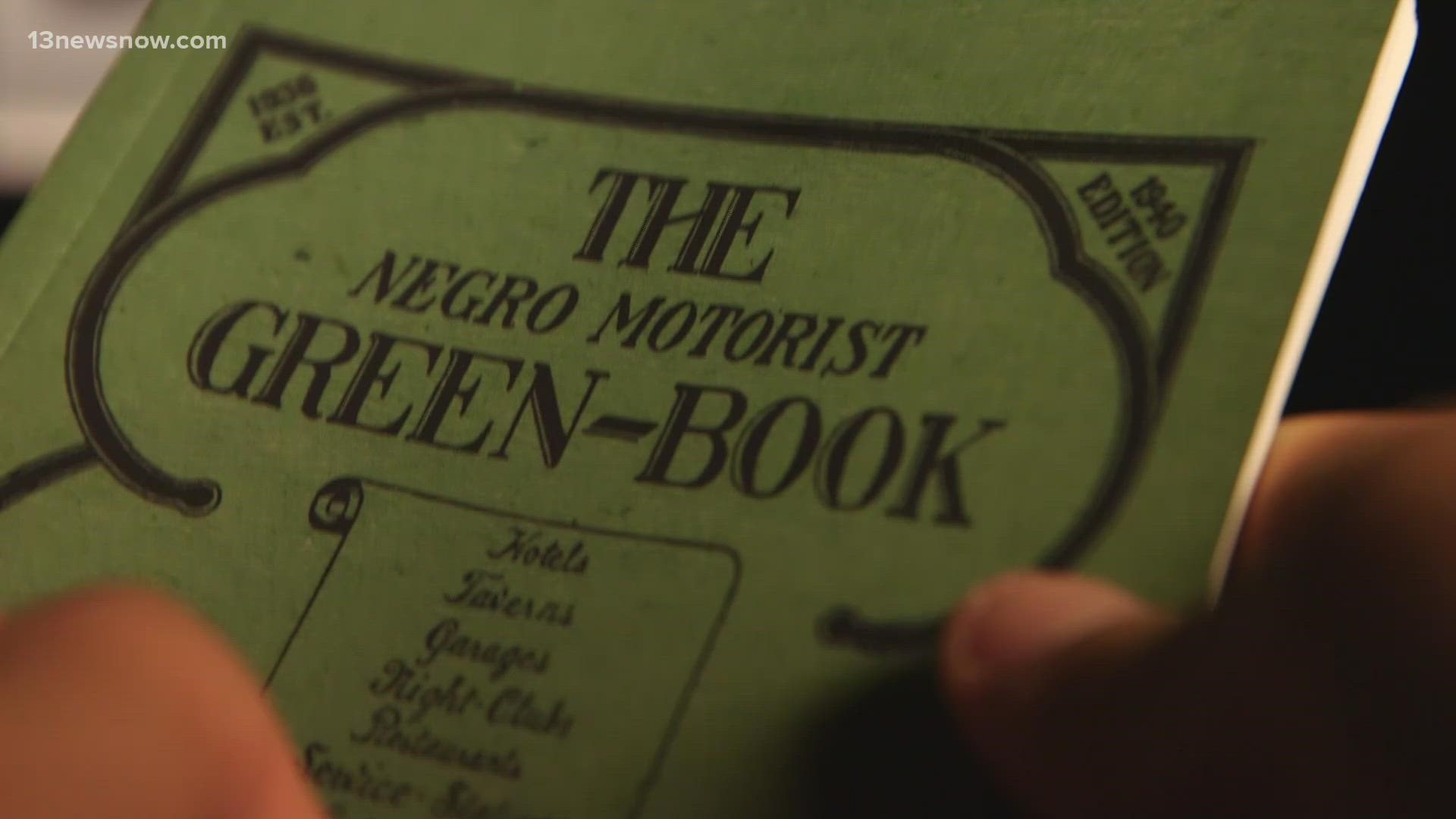NORFOLK, Va. — Not everything changes over time.
"I'm like a doctor for cars; you get sick, we fix it up," Amin Mohamed laughed.
Since the mid-1990s, Mohamed has repaired cars at the corner of Church and 20th Streets in Norfolk, in a small brick auto repair building.
The shop Mohamed operates out of stood long before he started "A&M Auto Repair."
“I used to have some guys that were hanging around here, they used to be kids when they used to buy the stuff from here," he said.
Before it was A&M Auto Repair, the building stood as "Alston's Esso", a service station and one of roughly 300 establishments and boarding houses that at one point appeared in the Green Book.
Published by Victor Hugo Green in 1936, the Green Book ran for roughly three decades as a travel guide for African Americans to safely travel the country's roadways during the era of segregation. It listed restaurants, taverns, barber shops, boarding houses, and more.
The 2018 film by the same name, which won the Oscar for "Best Picture", introduced mainstream audiences to this significant piece of African American history.
According to cataloging through University of Virginia research, there are more than 300 recorded Green Book sites in Virginia and more than 100 in the Tidewater region. Less than 20 in the area are still "extant" -- like Alston's Esso -- and an overwhelming majority are either demolished or designated as "unknown."
“I didn’t have a lot of familiarity with the Green Book. Growing up in Virginia and getting a civics education, that wasn’t a part of my upbringing. And I've got to say, I’m sorry for that," Delegate Michael Mullin (D, 93rd District) said.
Mullin and Hampton Del. Jeion Ward have introduced House Bill 1968, a bill that if passed would initiate a multi-agency response across the Virginia Department of Transportation, the Virginia Tourism Authority, and the Department of Historic Resources to create and maintain signage for Green Book sites both demolished and still standing.
It unanimously passed the House of Delegates and now goes before the Democrat-controlled State Senate.
"One hundred votes -- which is right now in a very partisan environment -- an unusual success," Mullin told 13News Now.
According to a fiscal impact statement, the VTA could absorb any financial impact from the bill. Staff members of Mullin's office confirm no additional budget amendments need to be introduced to finance the creation of the signs.
A separate, approximately $100,000 would be allocated for the identification of additional Green Book sites through the University of Virginia. Delegate Mullin estimates roughly 60 sites would be initially considered for Green Book signage at first, but that number would eventually grow to encompass the more than 300 recorded and known sites so far.
"By the time the decade is over, we can see Green Book markers across the Commonwealth," he stated.

